Interview with Prof. Naoji Matsuhisa
What kind of future might we see in soft and stretchable electronics?
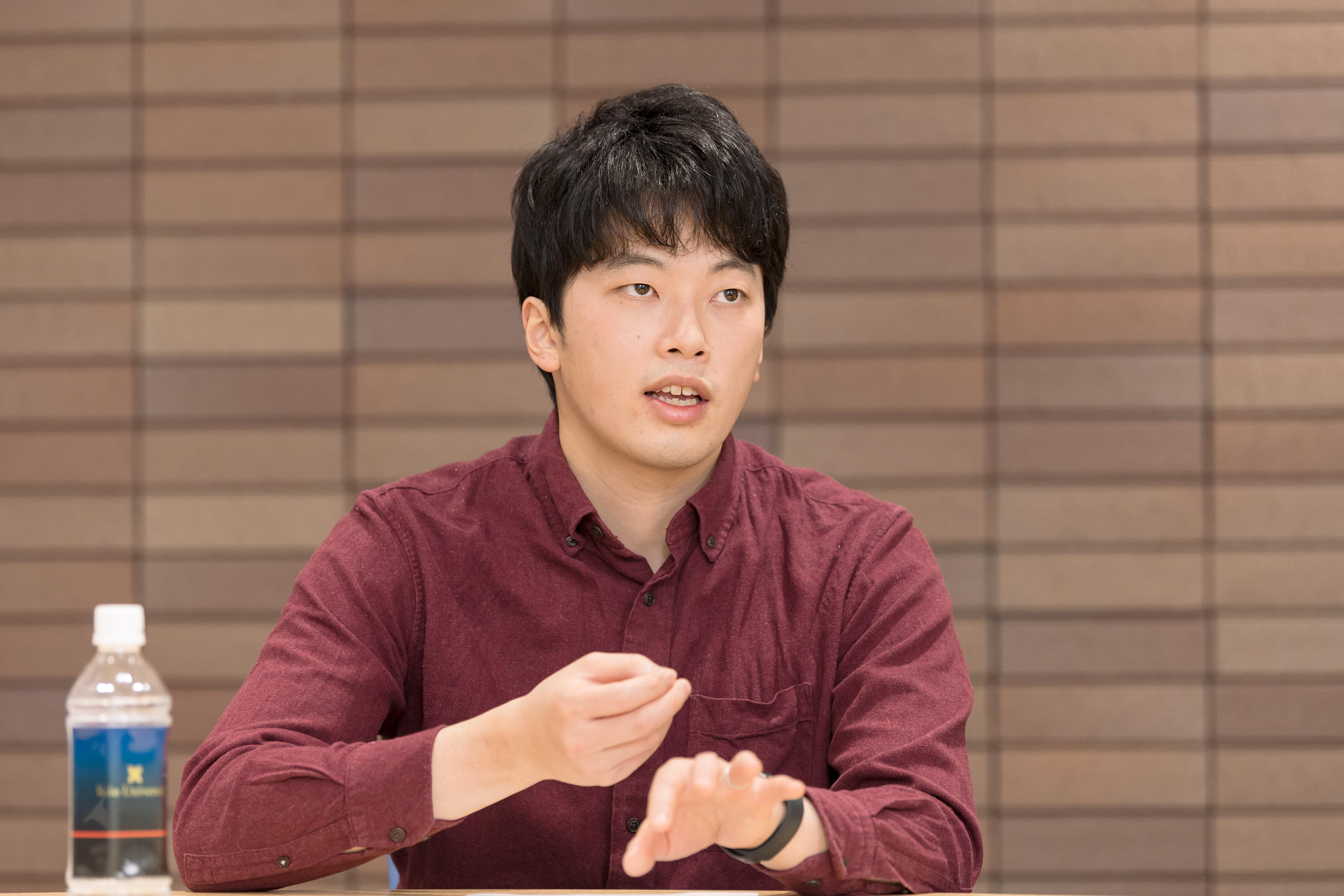
Naoji Matsuhisa (Assistant Professor, Faculty of Science and Technology, Department of Electronics and Electrical Engineering)

Interviewer: Makoto Asai (Project Professor, KGRI)
From the moment we wake up, while we are active during the day and even when we are resting, our day-to-day lives are aided by a variety of electronic devices. It is no exaggeration to say that mobile devices, especially smartphones and smartwatches, have become inextricable parts of our daily lives.
Up until now, such electronic devices have made their way into our lives through progressively becoming smaller and lighter. However, this process of reducing the size and weight of devices is reaching its technological limits. Thus, the next prize in sight is "stretchability." Naoji Matsuhisa, an Assistant Professor from Keio University's Faculty of Science and Technology and KGRI Start-up Researcher, is conducting research on healthcare systems facilitated by "stretchable electronic devices," a technology which may aid our day-to-day lives in the future society.
What are the advantages of electronic devices that can be affixed comfortably to the skin like a band-aid? And how might we envisage a future with stretchable electronics in our lives? We sat down with Matsuhisa himself to find out.
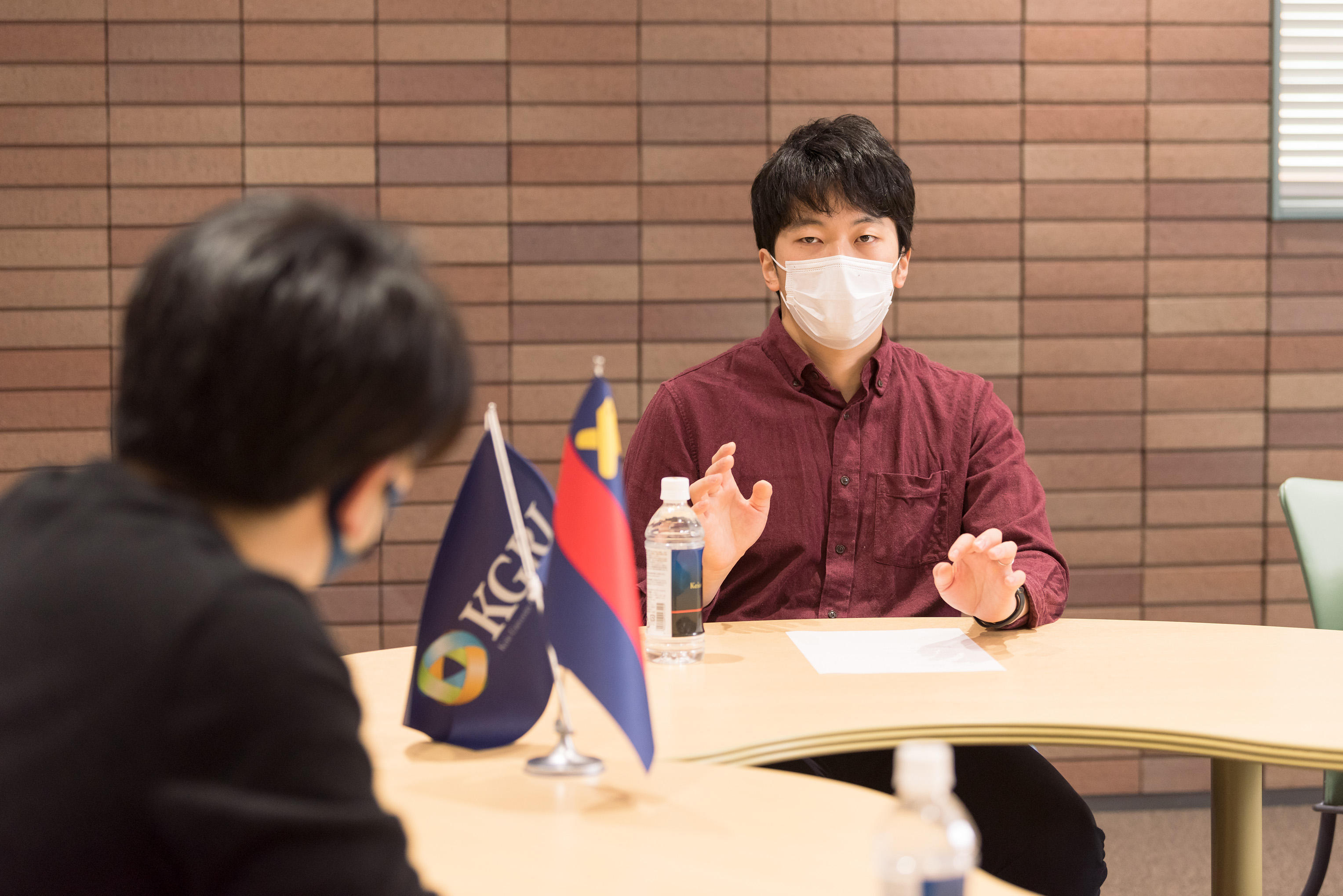
What are "stretchable" electronic devices?
Form a mental image of computers and smartphones, information terminals that are the most representative example of commercialized electronic devices. Perhaps the image that comes to mind is one of electronic parts packed inside a frame made of metal or reinforced plastic. Of course, while these can be carried on your person, they are prone to breaking should you accidentally bump into something or drop said device. Precisely because the electronic devices used today tend to be "hard," or lacking in pliability, in order to increase the scenarios in which we can use them we have built smaller and lighter, honing the technology to be increasingly thin and pliable. The ultimate example of this would be wearable devices, for which the market is rapidly expanding. In recent years, however, research on the subsequent phase of electronic devices has made progress. These are what are called "stretchable devices." "The human body, for example, is flexible and capable of stretching quite a bit. If we can create devices in a way that is adapted to the flexible form of our bodies, there will no longer be a need to make these technologies smaller. As long as they don't inhibit movement or cause discomfort when attached to the body, the size of devices should not be a problem," Matsuhisa explains.
The field of electronic devices has been developing at a remarkable pace. Data acquisition using wearable devices, a feat considered something out of fiction 10 years ago, is now an everyday reality. Matsuhisa points to the speed at which the field is growing as one of the reasons why research on stretchable electronic devices is attracting attention. "The demand for stretchable electronic devices is now very clear. Although we have identified the information obtainable through wearables as having high medical value, it remains difficult to collect biological information continuously over long periods of time with high accuracy. This explains the worldwide buzz surrounding "stretchability" as the potential key to unlocking the next generation of devices."
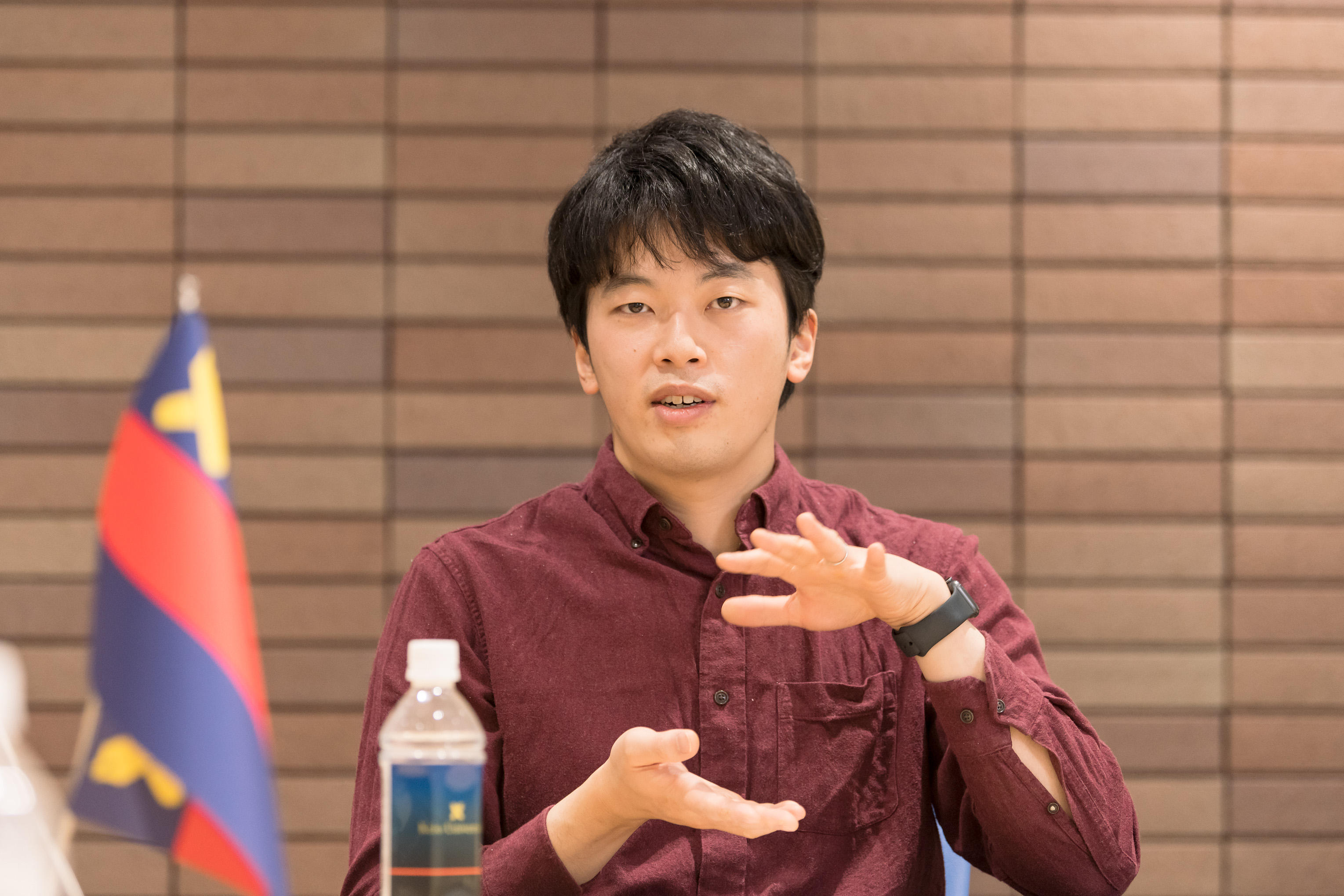
What's so great about having a device that stretches?
Stretchable electronic devices hold the potential to forge new ways of living in the future, but what situations are envisioned when actually conducting research? Of course, as mentioned earlier, it is easy to imagine scenarios in which a sensor is used to constantly monitor the wearer's body temperature, pulse, and other vital signs without causing discomfort or stress. Matsuhisa, however, went on to say that he also has other configurations in mind. "What we are developing basically looks like a membrane. Imagine what it would be like to use a device that is a thin, elastic membrane attached to your skin. For example, if a stretchable display could be attached directly to the back of the hand or fingertips, information that is often forgotten could be displayed in an easily viewable location at just the right moment. We may even be able to create displays that can adjust user interfaces for brightness and color according to the ambient light." Stretchability also comes in handy for more than just sticking directly to the skin. For example, if devices can be attached to clothes and fabrics to change their patterns, they could open the door to new possibilities in stage performances and how fashions are rendered.
On the other hand, there are points about which we must remain cautious about as the limits of our intimacy with these devices is strained. Biological information to be utilized in the health and medical fields must be handled carefully from privacy, ethical, and legal perspectives. Still, if we continue to debate until all the issues are settled, this will result in an impasse whereby potential services cannot be delivered. Stretchable electronic devices are yet to be rolled out in society, but when they are, they will undoubtedly create a huge impact. That is why Matsuhisa and his colleagues are already preemptively working on a list of what issues and risks can be expected regarding ELSI (Ethical, Legal and Social Implications). "If you can see a problem coming, you should also be able to think of a technical solution for it. We don't want people to get the impression that these are complicated devices before they actually get their hands on them, so we're looking to lower the psychological hurdle of using them by deploying them in recreational fields such as gaming and VR/AR," he explains.
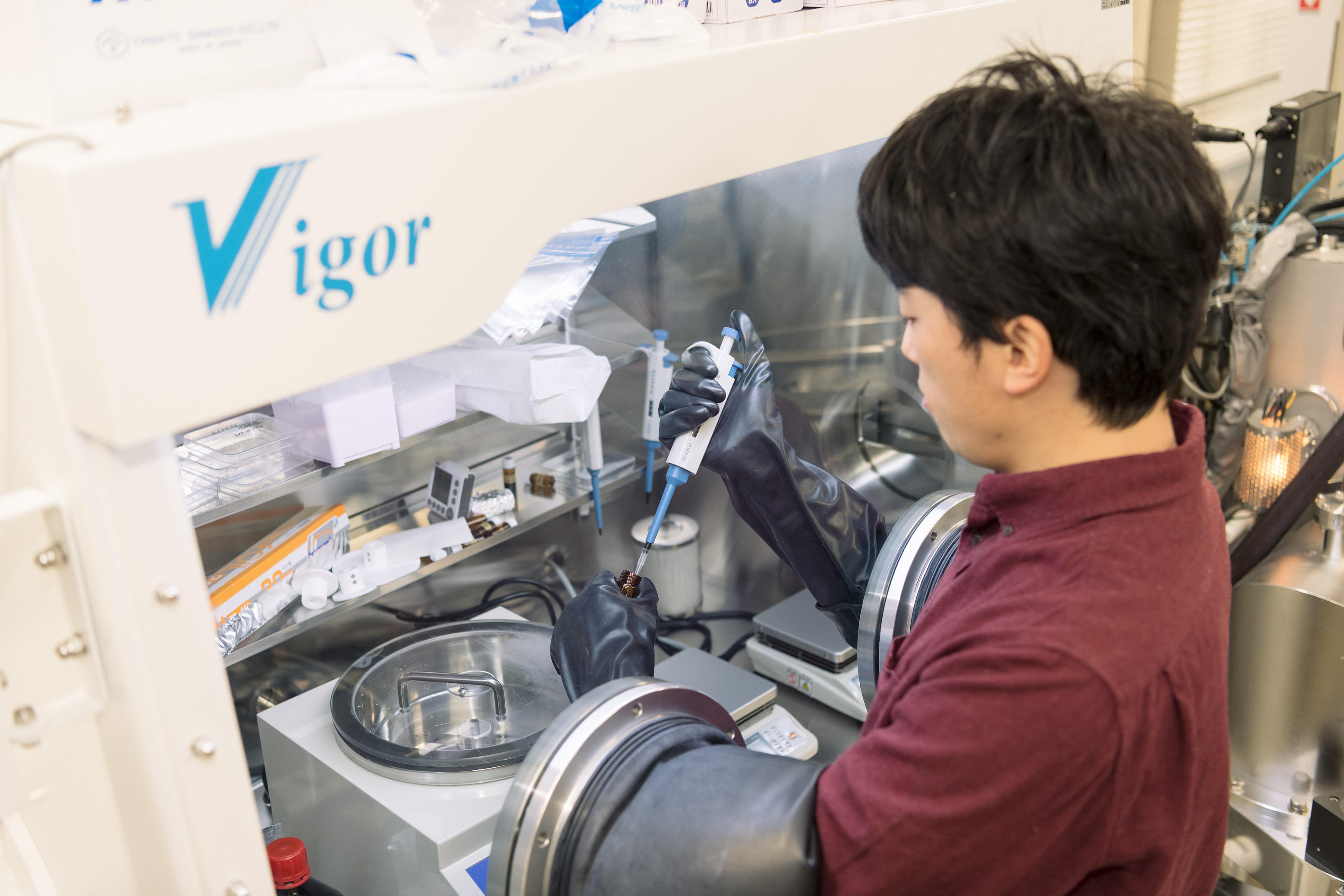
The numerous research results achieved through an abundance of trials
Matsuhisa describes "simple fun" as being the inspiration for beginning his research on stretchable electronic devices, one of the themes he explored in the laboratory during his student years at the Department of Electrical and Electronic Engineering. "I'm sure you've been taught that rubber doesn't conduct electricity. It occurred to me, 'How interesting would it be if it could be made to do so.' But my department didn't involve itself with materials research, and the materials we used in our experiments at the time were almost exclusively stuff we received from companies." He reflects upon that moment―the point at which he decided that, since he's interested, he might as well attempt to create the materials himself, and began to allow his curiosities to orient the direction of his research, despite having virtually no knowledge of materials.
As a result of following this fascination and wonder, and conducting whatever experiments they suggested, Matsuhisa would go on to achieve significant research results during his Master's Program and Doctoral Program, respectively. "Fortuitous accidents are a frequent feature of my day-to-day experiments. I've learned that it is important to have an observant eye to discern what is happening during such occurrences." The most recent research results were published in the British scientific journal Nature in December 2021. The results are a paper on the development of stretchable semiconductors that can operate at the high frequencies utilized in existing electronic devices. The research team was able to verify not only the stretchability of the device, but also the operability of a system integrating an antenna, sensor, and display that can be ran wirelessly while stretched. Matsuhisa's strength, which has yielded the numerous research achievements he has accumulated thus far, lies in the profusion of efforts in the experiments he conducts. Of course, theoretical verification is also important, but many of the materials used in practice lack a satisfactory established theoretical framework. Matsuhisa says that while it is important to consider theory before conducting experiments, he places equal importance on thinking based on the experimental results obtained through hands-on experience. "What gets me through the high volume of work is the fun. I enjoy squaring up to obstacles heretofore unseen by anyone else in the world. But of course, this doesn't mean that I use my own enjoyment of this challenge as an excuse to compel others in my lab to do the actual work," he laughs.
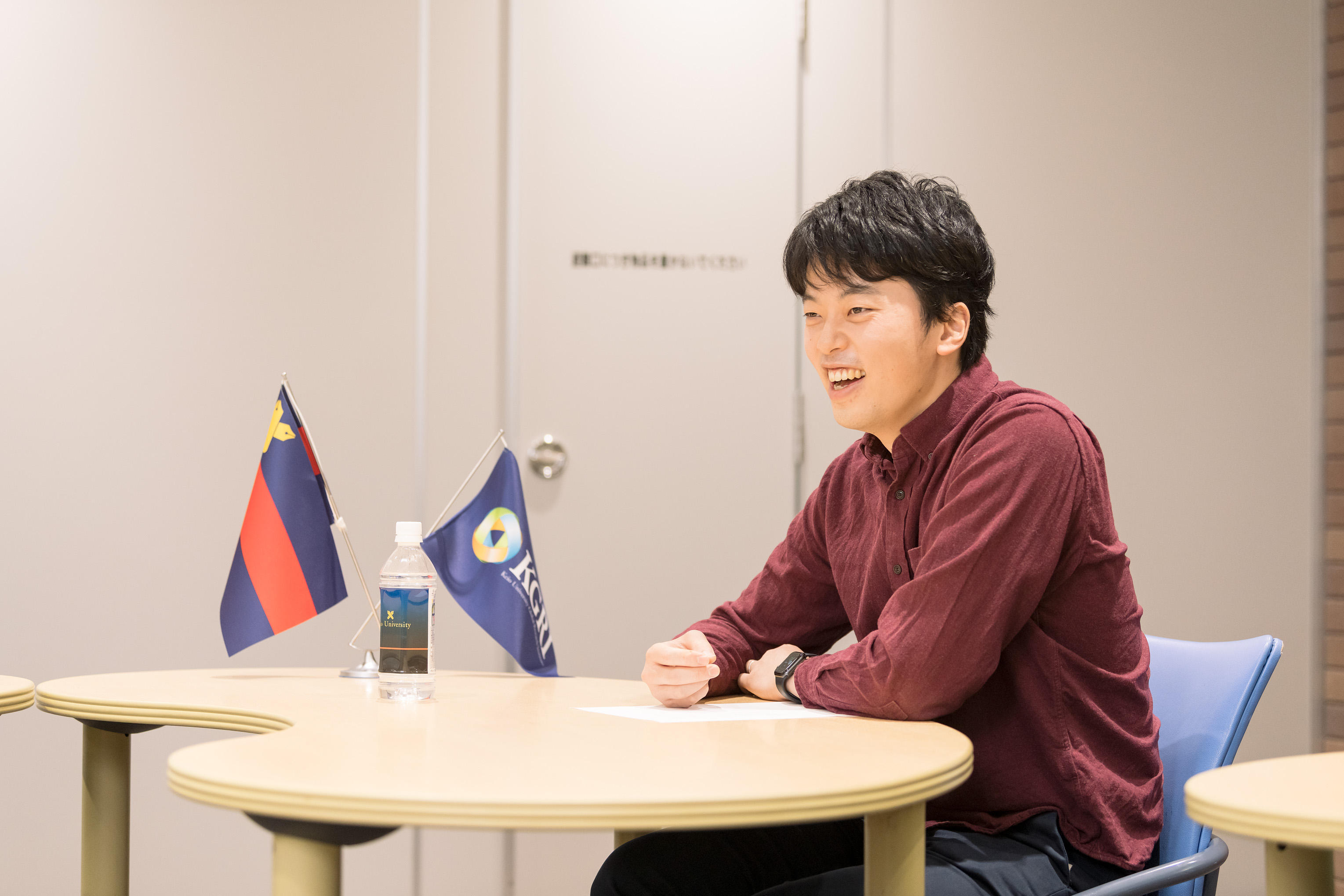
The social implementation of devices foreseen through interdisciplinary research
Matsuhisa has broken through each barrier by conducting an overwhelming volume of experiments, but further obstacles await on the path ahead. Stretchable materials up until now have been focused on having good electrical functionality and stretchability. However, this alone is not enough to design complex devices. The technology for patterning circuits and other components on the material with high precision is also necessary. Additionally, materials that are chemically stable and safe must be used in order to improve biocompatibility. Furthermore, in recent years, there has been an abundance of research on stretchable semiconductors as well as stretchable conductors. Making semiconductors stretchable enables the realization of stretchable cameras, optical sensors, displays, and other stretchable devices. Of course, in addition to developing the main device, researchers must also develop the surrounding materials to maximize the performance of stretchable semiconductors. Research on stretchable electronic devices is heating up with increasing momentum around the world. Regarding his own research, Matsuhisa has this to say about future prospects. "My motivation has been to create electronic devices that people have never seen before, and to bowl over society at large, but in the end, I hope to fully realize the societal implementation of these devices."
Matsuhisa's work on stretchable electronic devices is being conducted within the framework of KGRI start-up research. He says that the platform here at KGRI offers many advantages for research on stretchable electronic devices. "To be honest I didn't really know what kind of place it was before I applied, but I was impressed by a comment made during the screening process: 'Should your work ever be implemented in society, it is bound to face a host of issues and scrutiny from non-scientific perspectives such as ethics and law.'" According to Matsuhisa, until now he has not had much of a perspective to think about issues other than technology when considering social implementation, but at KGRI, when considering the direction of his research and future issues, he feels extremely fortunate to have access to an environment that allows him to easily connect with a variety of researchers in the humanities, sciences, and across fields. "I believe that a lot of the knowledge I have gained so far in creating stretchable electronic devices can also be utilized in research outside of my field. While it is a gradual process, I would like to build up what I can call "a field which is uniquely my own" through collaborating with people conducting various research at KGRI."
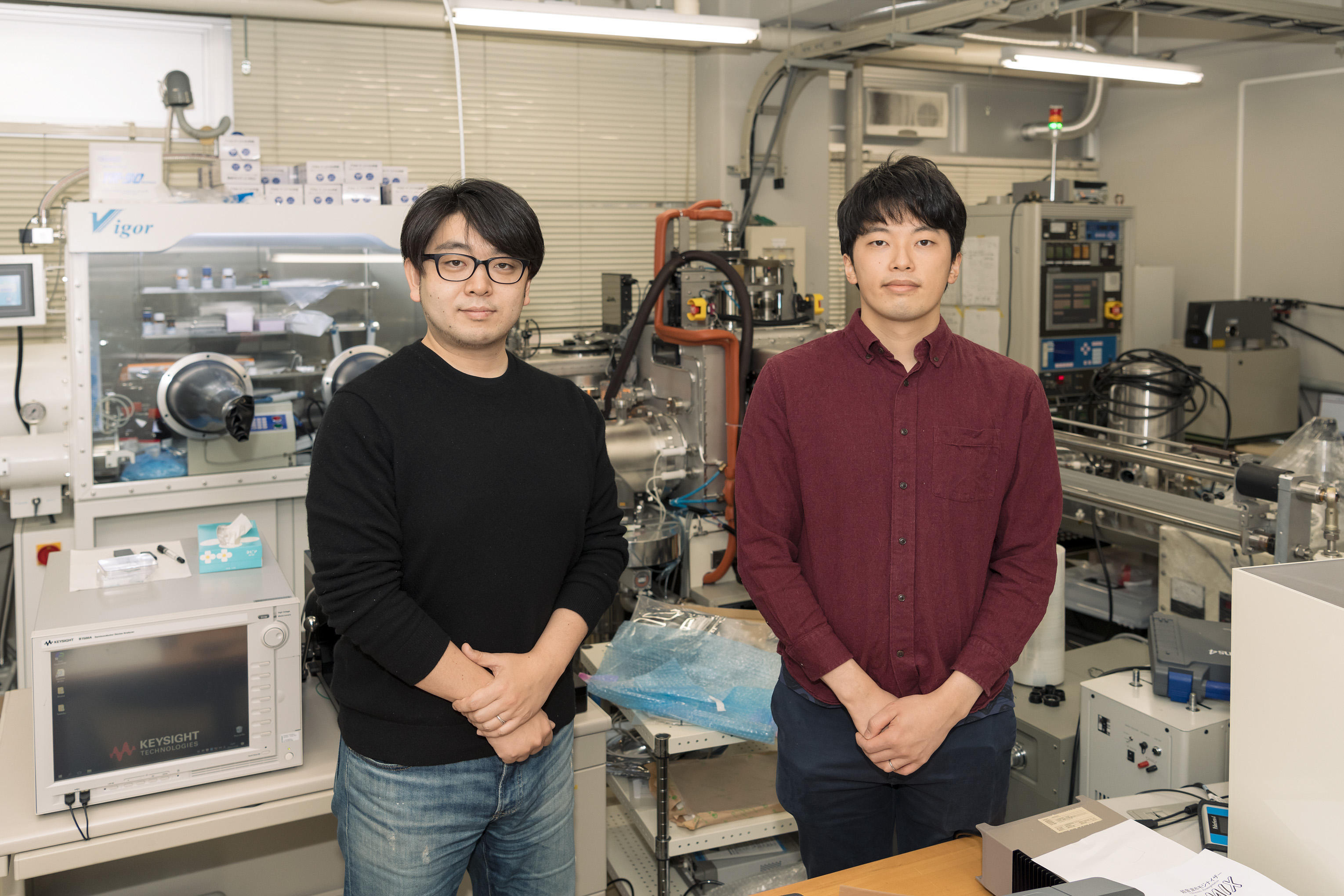
Photo: Susumu Ishito
※Affiliations and positions are those at the time of the interview.





